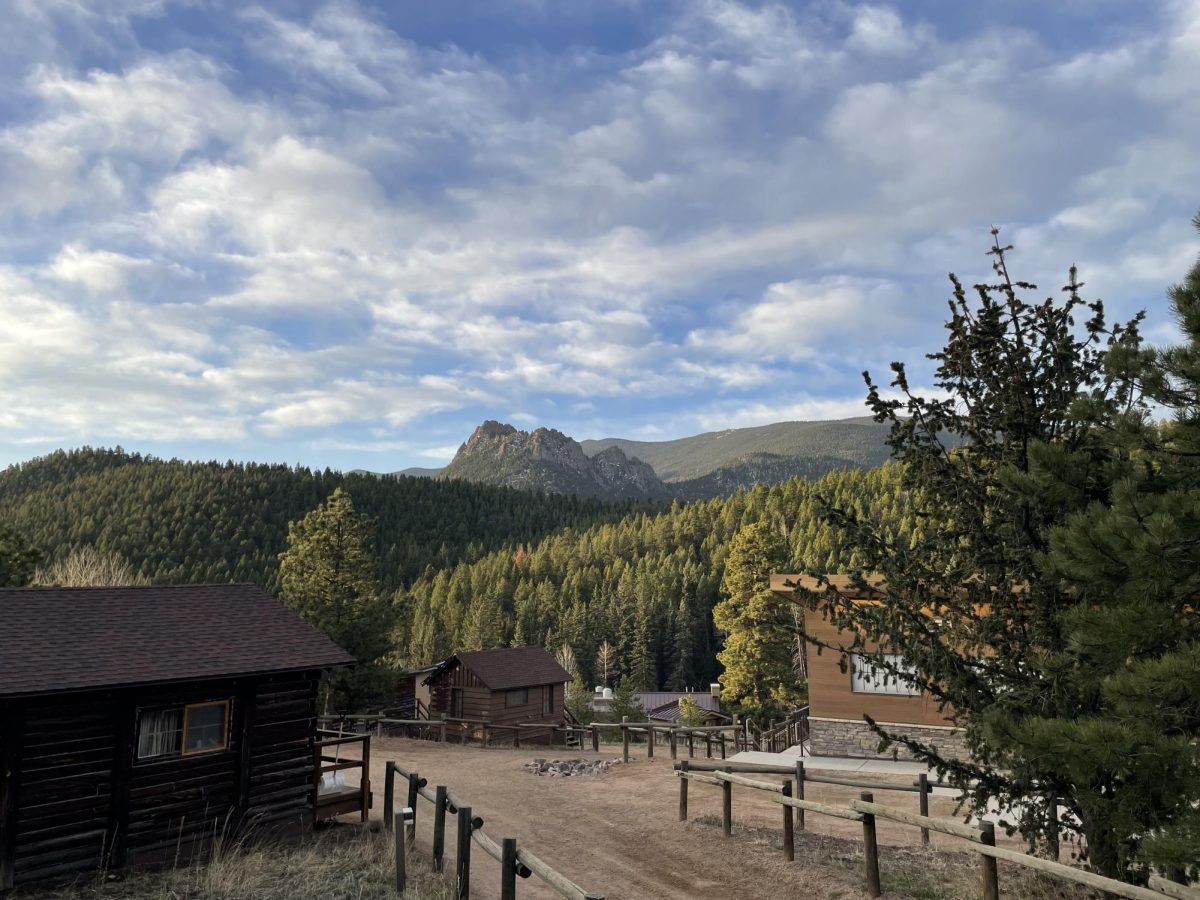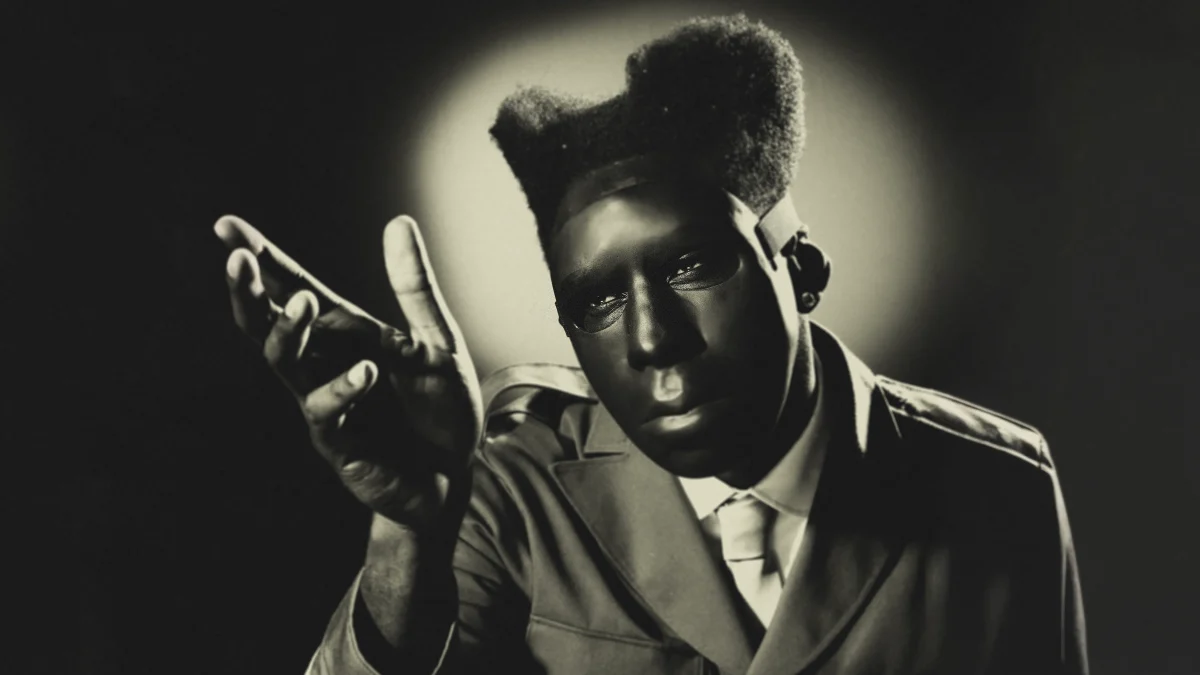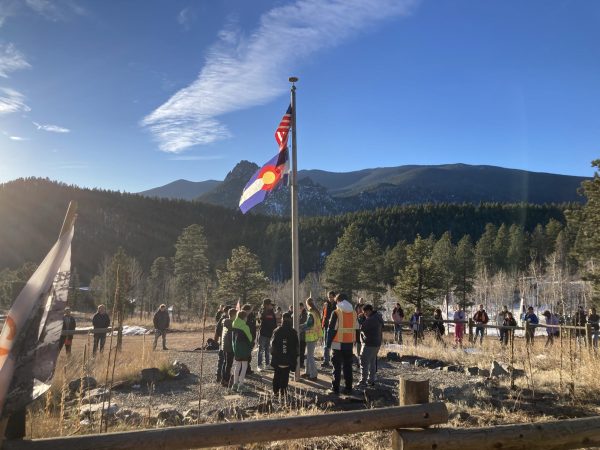
My first time at Outdoor Lab, I stayed in the cabin of Columbine, my second in Kinnikinnick, my third in Juniper, my fourth in Limber Pine East, Juniper again for my fifth, and back in Columbine for my final trip. If you’ve never been on an outdoor lab experience, you’re probably wondering why I remember such minute details, right?
It’s been five years since my first trip to Windy Peak Outdoor Lab, and every trip since that first week has been unforgettable. I remember the layout of every cabin, the people I stayed with, and most importantly: the memories I made and the community I earned.
But the experience extends far beyond the bunkhouses.
Hitting a bullseye, fishing at the pond when the weather allows, hiking through the great outdoors of colorado, dancing at breakfast lunch and dinner, stargazing and learning about our solar system, and creating a community between students, teachers, high school leaders, and staff is what makes the campus the amazing destination called Windy Peak.
Windy Peak Outdoor Lab is a Jefferson County school campus that houses a new group of sixth-grade students every week. The program is set up so that every middle school in Jefferson County has a designated week to send their sixth-grade students to Windy Peak or its sister site, Mount Blue Sky. The groups of sixth-grade students and teachers are accompanied by about 20 high school students who volunteer their time as leaders to enrich the experience for the kids by teaching classes, sitting with them at meals, being positive role models, and sparking an interest in the activities as well as the overall experience.
During the week, sixth-grade students spend three nights and four days experiencing the unique and amazing culture and environment of these campuses.
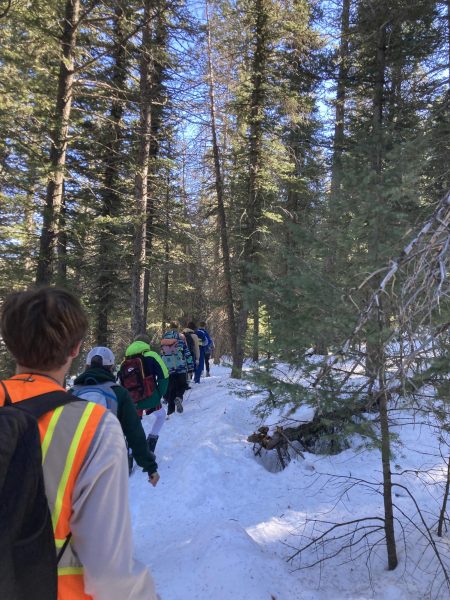
I have attended the Windy Peak campus seven times, three times as a middle school student and four times as a high school leader; every time has been an unforgettable experience. Although my middle school experience had some complications, from being evacuated on my first trip to being sent up for a day trip the second time and finally for a full week as a seventh grader, the skills I learned and the community that I gained were life-changing, to say the least.
Times have changed slightly since I was a middle schooler attending Outdoor Lab in 2018 and 2019. A more noticeable change has been the exponential increase in the online presence of young adolescents.
We live in a time where it is becoming increasingly normal for sixth graders, and even younger, to be deeply involved in technology, social media, and to be present across the internet. This exponential increase in online involvement has had severe effects on offline communication. So many kids now claim to know all of their classmates but fail to recall a name or a conversation between them, even though they’re ‘friends’ on Snapchat or Instagram.
The United States Surgeon General released a social media advisory in 2023 that explained how adolescents are at a very sensitive period in their brain development and that social media can have direct effects on parts of the brain, including the amygdala (which helps to regulate emotions and behavior) and the prefrontal cortex (which aids in regulating impulse control and social behavior). This may lead, specifically in young adolescents, to experiencing “heightened emotional sensitivity to the communicative and interactive nature of social media” and a decrease in effective in-person communication.
One of the first steps to bringing confidence back into face-to-face communication with children is to simply get them away from their screens. The second is to remove the walls.
The Outdoor Lab Foundation took this second step almost 50 years ago, when they started this program at their Windy Peak campus.
Getting children to literally take a step outside has a never-ending positive impact on their growth and development, physically, academically, and emotionally.
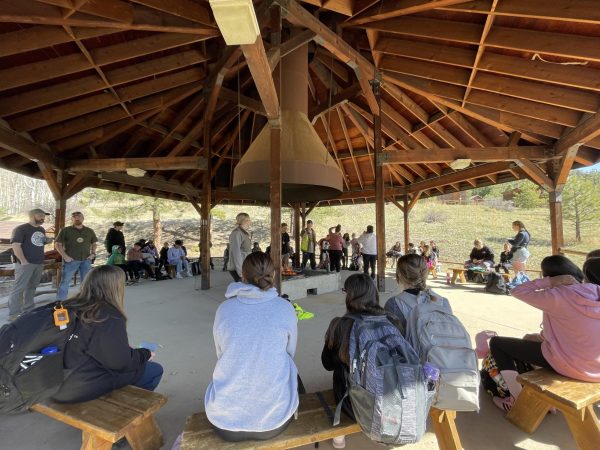
Knowledge Hub explains how various studies have concluded that “when comparing traditional classroom settings to outdoor learning environments, researchers have documented enhanced cognitive function and information retention.” But it goes beyond the academic benefits, as just being outdoors supports immune health, movement, communication, and community.
Although it’s a school program, the community is the heart of Outdoor Lab.
From the moment the sixth graders step off the buses as they arrive on campus, they circle the flagpole.
Circles are a repetitive occurrence up on the mountain, and every staff member will be able to point them out even if the kids don’t immediately notice them.
Breakfast, lunch, and dinner all occur with randomly paired kids and a few High School Leaders sitting around one of their ten circular dining tables in the dining hall.
The opening ceremony at the beginning of the week is held around a fire with every kid and high school leader sitting side by side, encircling all the way around the small fire in the center.
In bunkhouse free time, games like Uno and Jenga are played, or goals and stories are told in these circles while sitting on the floor.
On hikes and lessons, kids are circled up at stopping points to discuss key points of their ecosystems lesson or the campus site history.
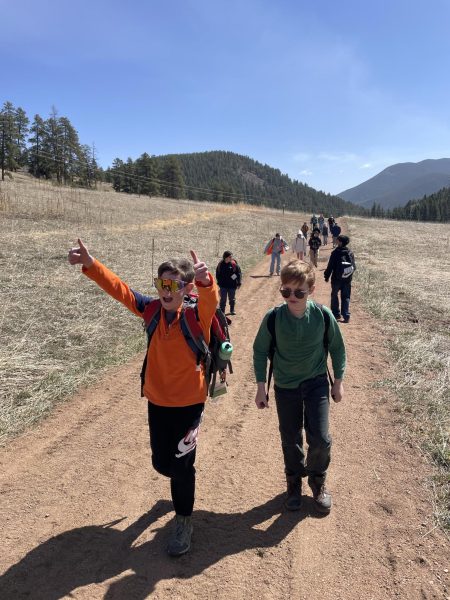
Similar to the start of the week at the flagpole, every morning starts with kids participating in raising the flags and lowering them every night as an opportunity to be a part of the color guard, as the rest of their peers stand along the fenceline facing in.
At the same place they sat around the fire at the start of the week is where the closing ceremony takes place. The only difference is that there is a different feeling in the air. While the opening ceremony may have felt unsure and awkward, closing ceremony is filled with laughter, dancing, some happy tears, and everyone talking to one another because they’re no longer strangers.
These circles, throughout the week, fostered involvement, encouraged face-to-face communication, and created a community. This community is often taken back down the mountain and into the classroom.
After their week on the mountain, kids are able to return to a familiar room but are now more connected with the people around them, friends are made, relationships with teachers are positive, and everyone is engaged. But the changes are noticeable even beyond the classroom that the sixth graders return to, and many spend the next few years reminiscing about their experiences during the previous week.
My personal experience with Outdoor Lab is that unlike any other, but in a way, it is for everyone. Every person who has attended Outdoor Lab has their own unique stories and memories, and although there may be similarities in the lessons that were taken away from their time there, the differences are part of what makes the experience of Outdoor Lab so magical.
Despite whatever may be occurring in a child’s life previous to their week at Outdoor Lab, their time spent up on the mountain is generally the same.
Tuesday starts with the opening ceremony and some evening programs that range from line dancing to magicians to animal experts. Wednesday is the longest, with kids taking the first two out of their four core classes at Windy Peak (Archery, Ecosystems, Site History, and Leave No Trace) and attending the astronomy night evening program, where they can experience a clear night sky, many seeing the intensity of the stars for the first time, and learning about light and our solar system. Thursday consists of their last two core classes, but this time, they are taught independently by their high school leaders, and the night ends with another evening program set. Friday morning starts with packing and concludes with the closing ceremony and the last flag ceremony before the kids hop back onto the buses home.
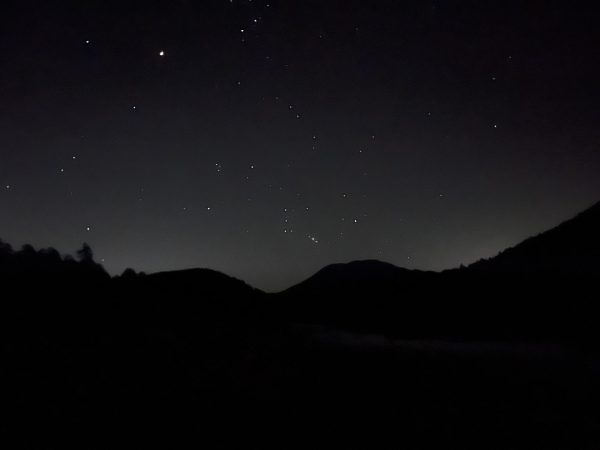
My first time attending Outdoor Lab as a high school leader was during my junior year of high school with my local middle school. During that week, I followed that schedule, and I truly fell in love with Windy Peak Outdoor Lab.
I loved the views and spending time outdoors with my friends, but what I loved most was watching the outstanding growth in the eleven and twelve-year-olds I was attending with. Kids who started the week quiet were the ones you could hear across the cafeteria on Friday during breakfast, and those who were disengaged as they got off the bus on the first day were the ones participating the most at the end of the week.
When it’s time to leave, echos “I don’t want to leave” can be heard across the pavilion. I’ve heard it every time I’ve gone up as a high school leader, and I felt it every time I attended in middle school.
That positive change in kids’ confidence, not only in themselves but in their relationships to their community, is something that I have yet to witness or hear about anywhere else.

